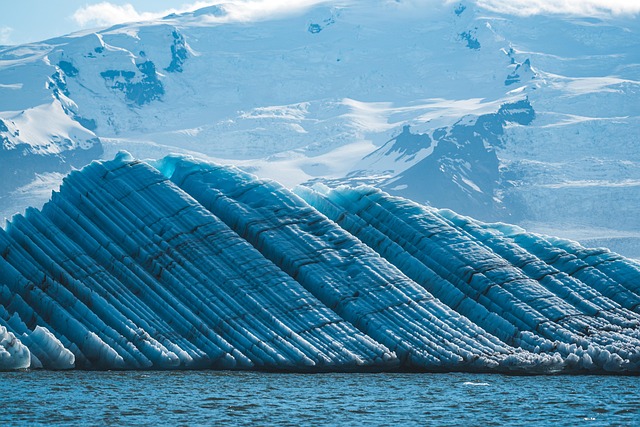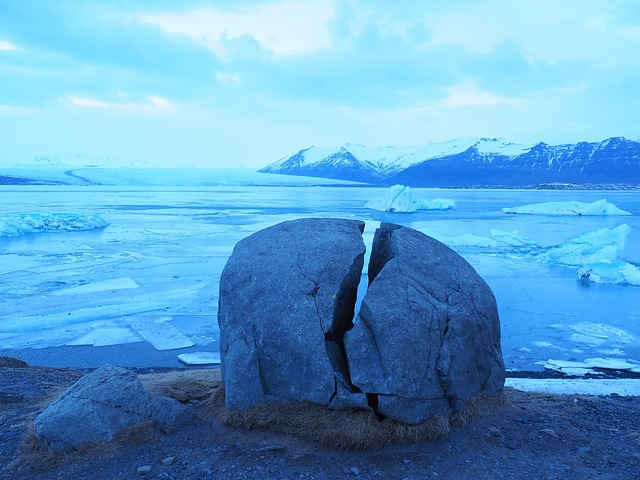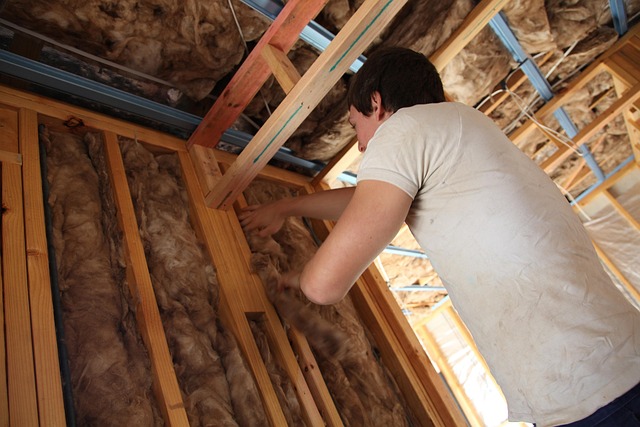When we think of the planet’s most dramatic and awe‑inspiring landscapes, the jagged outlines of ice‑covered peaks often come to mind. These majestic features, formed over thousands of years from compacted snow, are more than picturesque backdrops; they are active, living parts of Earth’s climate system. The term glacier ice refers to the dense, slow‑moving bodies of ice that accumulate on mountain slopes and in polar regions. Their stability hinges on a delicate balance between snowfall and melt. As global temperatures rise, that balance is shifting, and the world is watching these glaciers shrink at an alarming rate.
The Science Behind Glacier Ice Melting
Glacier ice is essentially frozen precipitation that has survived successive seasons of compaction. The rate at which a glacier grows or retreats depends on the mass balance: the difference between the amount of ice added through snowfall and the amount lost through melting, sublimation, and calving. When the climate warms, the melt season extends, and the temperature threshold for snowpack becomes less forgiving. As a result, glaciers lose more mass than they gain.
- Temperature increase: A rise of just 1°C can accelerate melt by several percent per decade.
- Albedo feedback: As ice retreats, darker surfaces are exposed, absorbing more solar radiation and further warming the area.
- Atmospheric circulation changes: Altered wind patterns can reduce snowfall, cutting the supply that replenishes glacier ice.
Global Footprint of Glacier Retreat
Glacier ice holds a significant portion of the world’s freshwater reserves. In the Alps, the Andes, the Himalayas, and the polar ice sheets, the loss of glacier ice translates into a measurable decline in long‑term water storage. Communities that rely on meltwater for irrigation, hydroelectric power, and daily drinking water are already feeling the strain. Over the next century, predictions suggest that up to 30% of the current glacier volume could be gone, depending on the trajectory of greenhouse gas emissions.
“The disappearance of glacier ice is not merely a visual tragedy; it is a harbinger of ecological and socioeconomic upheaval.” – Dr. Elena Ramirez, Climate Systems Analyst
Impact on Ecosystems
Glaciers serve as natural reservoirs, releasing water gradually as temperatures rise. This regulated flow is essential for sustaining riverine ecosystems, especially during dry seasons. The sudden shift from steady melt to unpredictable runoff can disrupt fish spawning cycles, alter nutrient distribution, and even lead to increased sedimentation. In alpine meadows, the loss of glacier ice can result in shifts from cold‑adapted species to more temperate ones, diminishing biodiversity and changing the character of these fragile habitats.
Socioeconomic Consequences
Many low‑lying coastal communities worldwide depend on the steady rise in sea levels that glaciers contribute to. While the primary driver of sea‑level rise is thermal expansion of oceans, the meltwater from shrinking glaciers adds a measurable component. For island nations, even a few centimeters of additional sea‑level rise can mean the loss of arable land, increased saltwater intrusion into freshwater aquifers, and higher costs for protective infrastructure. Moreover, industries such as tourism, which rely on iconic glacier landscapes, face revenue declines as the glaciers recede beyond the point of visibility.
- Water security challenges for agriculture.
- Hydroelectric generation potential decreases.
- Increased risk of glacial lake outburst floods.
Human Response and Mitigation Strategies
While the decline of glacier ice is a stark reminder of the urgency of climate action, there are concrete steps communities and governments can take. Emission reductions, especially from the transportation and energy sectors, remain the most direct method to slow temperature rises. Simultaneously, adaptation measures—such as building resilient water storage systems, diversifying agricultural practices, and implementing early warning systems for glacial lake outburst floods—can help mitigate the immediate impacts.
- Promoting renewable energy to replace fossil fuels.
- Restoring natural vegetation to enhance regional cooling.
- Investing in high‑resolution climate monitoring to track glacier changes.
Role of Scientific Observation
Continuous monitoring of glacier ice mass and movement is crucial. Satellite imagery, ground‑based laser altimetry, and GPS measurements provide detailed data on how fast glaciers are retreating and where the meltwater is flowing. This information helps scientists refine climate models, predict future water availability, and identify regions most at risk. Importantly, these observations also serve as tangible evidence of climate change, fostering public awareness and policy support.
Looking Forward: A Call to Action
Glacier ice melting is not a distant, abstract problem; it is a present and rapidly evolving crisis. The glaciers that have carved valleys and fed rivers for millennia are disappearing faster than any human species can adapt. If current trends continue, the loss of significant glacier ice could lead to irreversible changes in global water cycles, sea‑level rise, and biodiversity patterns.
To protect the remaining glacier ice, a combination of global cooperation, national policy shifts, and individual lifestyle changes is required. Each action, whether it is reducing personal carbon footprints, supporting renewable energy initiatives, or advocating for climate‑friendly legislation, contributes to a larger collective effort to preserve these essential components of Earth’s climate system.



